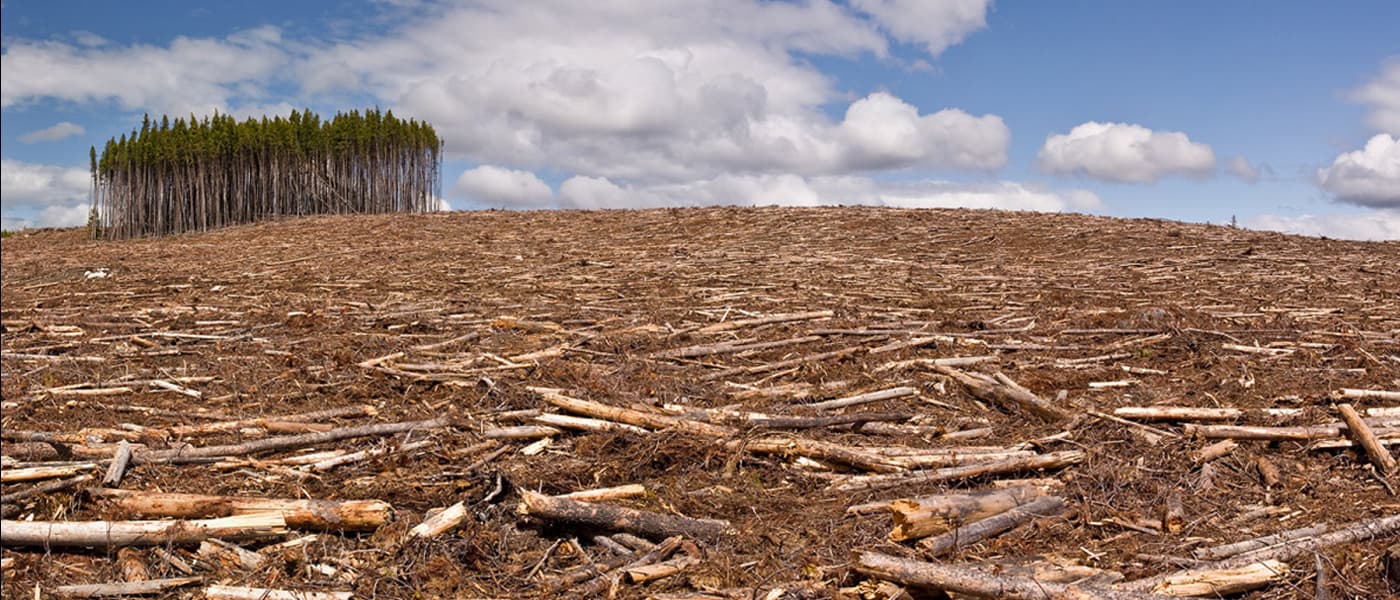What's Going On?
August 8 marked the day that the Global Footprint Network says our annual demands would have exceeded what the Earth can regenerate in the year. They estimate humanity’s consumption of natural resources is equivalent to that of 1.6 Earths. If we continue at this rate of consumption and pollution, our needs will be equivalent to that of two Earths by the 2030s.
Just a quick reminder: we only have one.
“It is crucial to understand that the longer we continue consuming more resources than the Earth can sustainably provide, the less able the Earth can meet our resource needs in the future - and the fewer people the planet can support - long-term,” the World Population Balance states in a post.
So, how exactly did we get to this point?
First of all, our population is three times the sustainable level.
The World Population Balance, a non-profit organization that aims to alert and educate the world about the repercussions of overpopulation notes,
“If all 7+ billion of us were to enjoy a European standard of living - which is about half the consumption of the average American - the Earth could sustainably support only about 2 billion people.”
Second, our carbon emissions are way beyond what our oceans and forests can absorb. Our carbon footprint, also called “ecological footprint,” makes up 60% of our demand on nature. Apart from the fact that the population’s overall consumption depletes our fisheries and forests at a high rate—faster than they can reproduce and be replenished— global warming exacerbates the situation further and faster.
What are We Doing?
Our carbon emissions are the biggest contributor to the ecological overshoot. Because of this, nearly 200 countries signed the Paris Treaty last year. This agreement demands that our carbon footprint fall down to zero by 2050.
“The Paris climate agreement is the strongest statement yet about the need to reduce the carbon Footprint drastically. Ultimately, collapse or stability is a choice,” said Mathis Wackernagel, co-founder and CEO of Global Footprint Network. “We forcefully recommend nations, cities and individuals take swift, bold actions to make the Paris goals an attainable reality.”
To this end, several countries have made their move towards doing their share. We reported some success stories of cities and countries running purely (or almost purely) on renewable energy sources, such as Costa Rica, Portugal, and Germany. There have also been promising developments in renewable energy systems.
“Such a new way of living comes with many advantages, and making it happen takes effort,” says Mathis Wackernagel, co-founder and CEO of Global Footprint Network.
“The good news is that it is possible with current technology, and financially advantageous with overall benefits exceeding costs. It will stimulate emerging sectors like renewable energy, while reducing risks and costs associated with the impact of climate change on inadequate infrastructure. The only resource we still need more of is political will.”
Apart from this, the Global Footprint Network calls on public involvement. A campaign has been launched highlighting the importance of living in a sustainable world. If you wish to participate in the campaign, GoPro cameras will be awarded to selfies posted in social media, that use #pledgefortheplanet.
Visit their website for more information.
Share This Article
